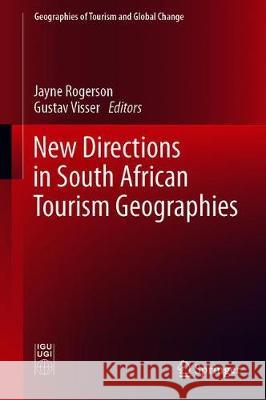New Directions in South African Tourism Geographies » książka
topmenu
New Directions in South African Tourism Geographies
ISBN-13: 9783030293765 / Angielski / Twarda / 2019 / 335 str.
New Directions in South African Tourism Geographies
ISBN-13: 9783030293765 / Angielski / Twarda / 2019 / 335 str.
cena 484,18
(netto: 461,12 VAT: 5%)
Najniższa cena z 30 dni: 462,63
(netto: 461,12 VAT: 5%)
Najniższa cena z 30 dni: 462,63
Termin realizacji zamówienia:
ok. 22 dni roboczych
Dostawa w 2026 r.
ok. 22 dni roboczych
Dostawa w 2026 r.
Darmowa dostawa!
Kategorie BISAC:
Wydawca:
Springer
Seria wydawnicza:
Język:
Angielski
ISBN-13:
9783030293765
Rok wydania:
2019
Wydanie:
2020
Numer serii:
000820182
Ilość stron:
335
Waga:
0.66 kg
Wymiary:
23.39 x 15.6 x 2.06
Oprawa:
Twarda
Wolumenów:
01
Dodatkowe informacje:
Wydanie ilustrowane











